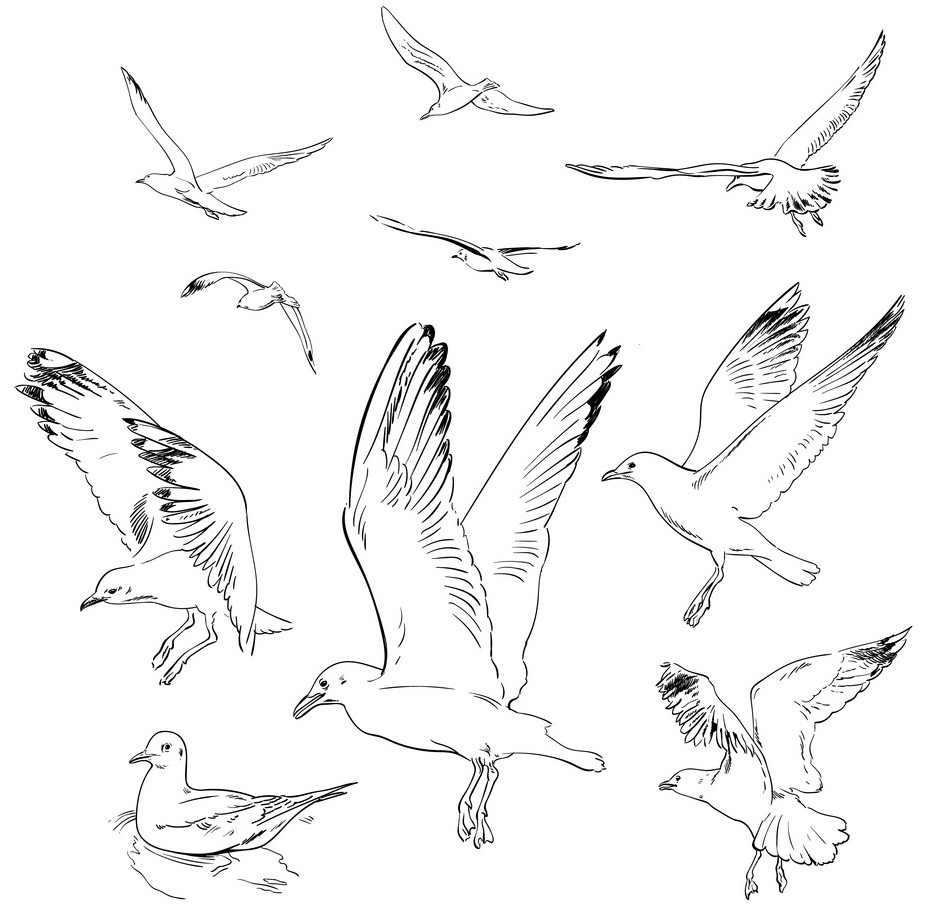Foundations of Cultural Evolution
Lecture 1: Why learn from others?

A graphical approach to frequency-dependent fitness
Individuals appear to make decisions that depend on what others are doing. Seagulls appear to follow other seagulls, small mammals may follow and congregate with others, and we ourselves often divert our attention to investigate what other humans are doing. While there are multiple reasons for why individuals congregate, for a forager an important choice would be whether or not to join the discoveries made by other group members. Why pay attention to others?
References cited
Barnard, C. J. & Sibley, R. M. 1981 Producers and scroungers: a general model and its application to captive flocks of house sparrows. Anim. Behav. 29, 543–550.
Boyd, R., & Richerson, P. J. (1995). Why Does Culture Increase Human Adaptability? Ethology and Sociobiology, 16(2), 125-143.
Rogers, A. R. (1988). Does Biology Constrain Culture? American Anthropologist, 90(4), 819-831
Additional readings about social learning and Roger's Paradox
Boyd, R., & Richerson, P. J. (1996). Why culture is common, but cultural evolution is rare. In W. Runciman, J. Maynard Smith, & R. Dunbar (Eds.), Evolution of social behaviour patterns in primates and man (Vol. 88, pp. 77-93). Oxford: Oxford University Press.
Enquist, M., Eriksson, K., & Ghirlanda, S. (2007). Critial Social Learning: A Solution to Roger's Paradox of Nonadaptive Culture. American Anthropologist, 109(4), 727-734.
This project was supported by Grant #61105 from the John Templeton Foundation to the University of Tennessee, Knoxville (PIs: S. Gavrilets and P. J. Richerson) with assistance from the Center for the Dynamics of Social Complexity and the National Institute for Mathematical and Biological Synthesis at the University of Tennessee, Knoxville.

The Cultural Evolution Society's Online Learning Tutorial Series is licensed under a Creative Commons Attribution-NonCommercial-ShareAlike 4.0 International License. For designers' contact information, click here.



